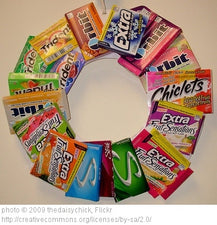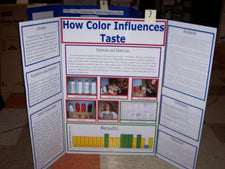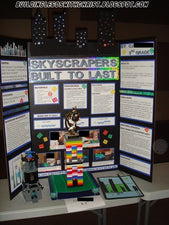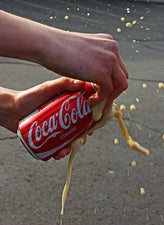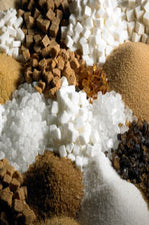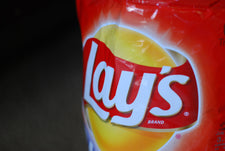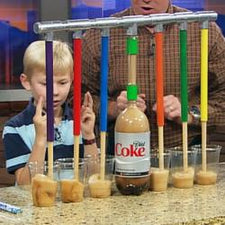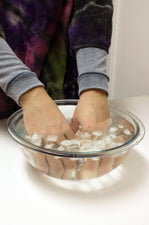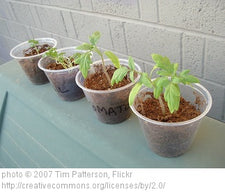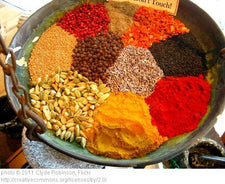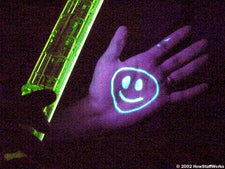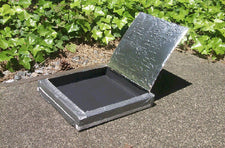- Science Fair Projects
- Grade
- Topic
- Supplies
- All Science Fair Projects
How Age Affects Hand-Eye Coordination

We need hand-eye coordination to perform many basic (and other not-so-basic) tasks throughout the day including writing, driving, playing sports, playing video or computer games, and many more! Here's how hand-eye coordination works:
- Images and information viewed by the eye are sent to the brain for processing.
- The brain then orders the information and responds by sending signals to the hand muscles through our nervous system.
- Upon receiving these signals, our hands work to complete the appropriate task needed for that particular situation.
Hand-Eye Coordination & Age
Hand-eye coordination begins developing during infancy when children learn to recognize their own hands and begin to grasp toys, and continues into middle childhood where children will master feeding and dressing themselves, writing, and other important tasks. By the age of nine, hand-eye coordination is fully developed. From this point forward, it is the child's own aptitude that will determine how well they will perform activities that require the use of hand-eye coordination. Additionally, the amount of exposure to and practice performing certain activities can cause a child or adult to excel at these activities.
Project Objective
In this science fair project, students explore the relationship between hand-eye coordination and age. They will test the hypothesis that older children have better hand-eye coordination than younger children using a sampling of boys and girls aged ten, a sampling of boys and girls aged fifteen, and a simple activity designed to test each participant's hand-eye coordination. The experiment overview includes sample test data and provides several extensions for a clearer picture of the relationship between age and hand-eye coordination.
For the full details, be sure to visit All Science Fair Projects!
Related Blog Posts
View More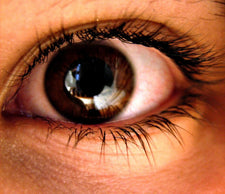
Does Eye Color Affect Peripheral Vision?
Photo © 2009 Mikleman, Flickr Reading a book. Riding a bike. Driving a car. These are all thing...
Read More
Video Games and Your Heart Rate
Photo ©2011 Microsoft Sweden, Flickr Perfect for the upper elementary/early middle school crowd...
Read More
Music To My Heart
Photo © 2008 Fe Ilya, Flickr Ever wonder if different styles of music affect a person's heart r...
Read More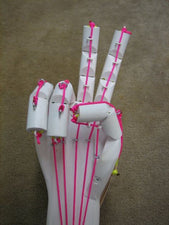
Engineering + Physiology - Building an Articula...
Photo Source: www.instructables.com | rgraylint For students interested in engineering and phy...
Read More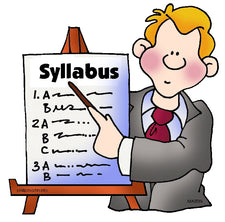
Font and Memory
Class syllabuses. Handouts. Lecture notes and presentations. Throughout the learning process, st...
Read More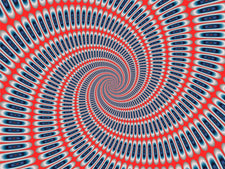
Off Balance: Music & Dizziness
Photo Source: Christopher Urstitti It's no secret that when we get spun around - whether self-i...
Read More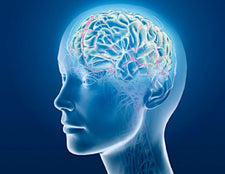
Mnemonics & Memory
Photo © 2009 digitalbob8, Flickr If you've ever studied for a big test, having to memorize larg...
Read More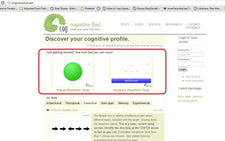
Eyes Versus Ears
Sixth grade student, Aaron P. Gallagher, put together this fantastic science fair project that ex...
Read More
Writing Instruments & Fatigue: Is There An Opti...
Notes. Completing worksheets. Taking tests. Writing essays. Students do a lot of writing during t...
Read More
The Effect of Caffeine on Alertness
Photo Source: Roman Segaev Ever wait until the last minute to study for an exam, stay up all ni...
Read More
Caffeine & Typing Speed
Photo © 2007 Kuba Bo?anowski, Flickr Ever sit down in the front of the computer the night befor...
Read More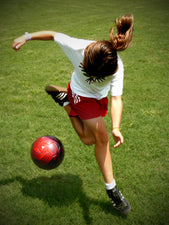
Left Out or Right On?
Photo © 2008 Evonne, Flickr Fifth grade student, Dimitra, wondered if one's handedness (i.e. pr...
Read More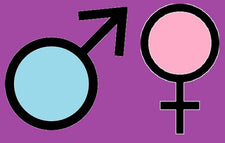
The Effects of Gender Identity on Short Term Me...
Memory is a fascinating concept. Ree and her daughter over at The Pioneer Woman wondered if gende...
Read More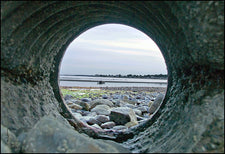
Now You See It, Now You Don't!
Photo © 2009 Tony Fischer Photography, Flickr Peripheral vision is important to many of...
Read More
Physical Activity & Academic Performance: I...
Photo © 2006 Alberto G., Flickr Not only is exercise important for keeping our bodies strong an...
Read More
The Effect of Alcohol on the Body
Photo © 2006 Josh Staiger, Flickr For students interested in health science, researching and co...
Read More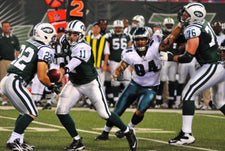
Football Helmets - Correlation Between Helmet A...
Photo © 2009 Ed Yourdon, Flickr Perusing for cool science fair project ideas, we stumbled upon ...
Read More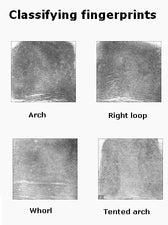
Fingerprints - Random or Influenced by Genetics?
photo © 2006 Bistra Ivanova, Flickr Every person's fingerprint is unique, but do genetics have ...
Read More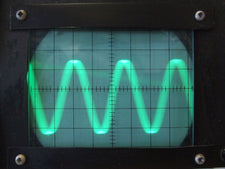
Speech: Discovering How Different Sounds & ...
Photo © 2007 Biology Big Brother, Flickr We are not born with the ability to form coherent word...
Read More